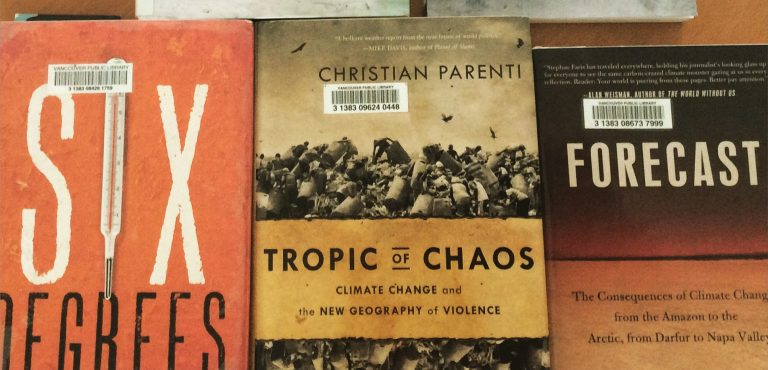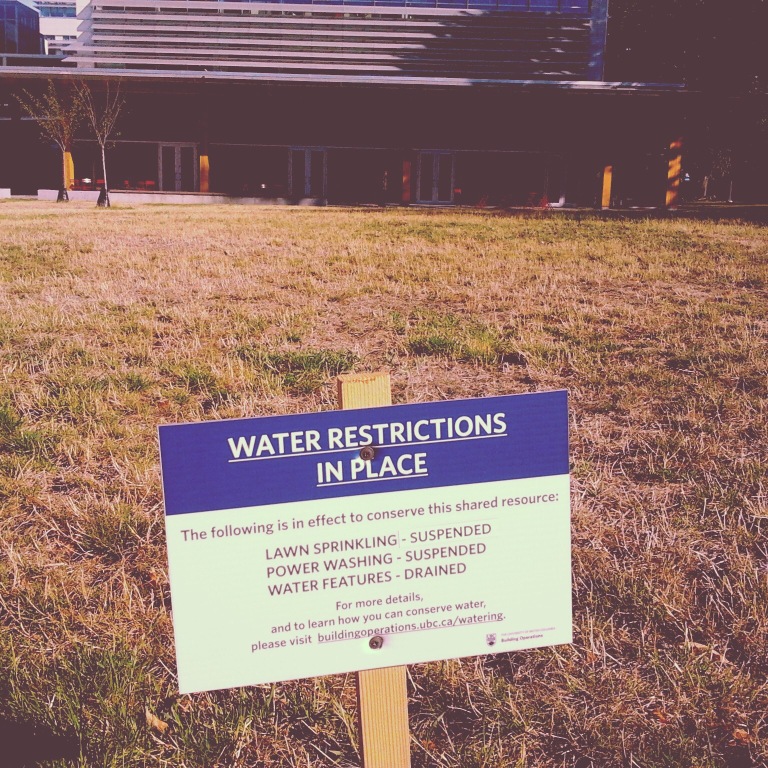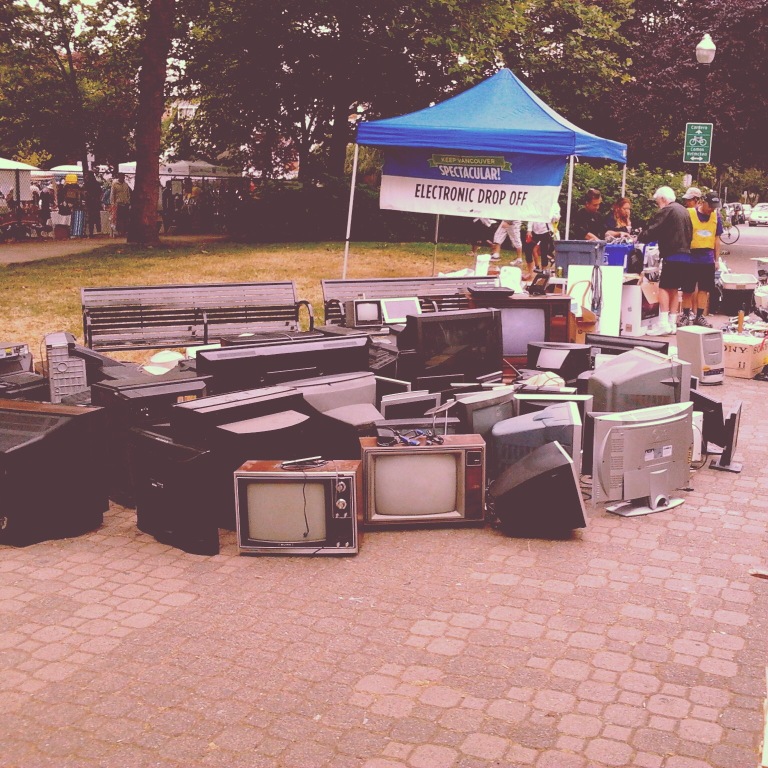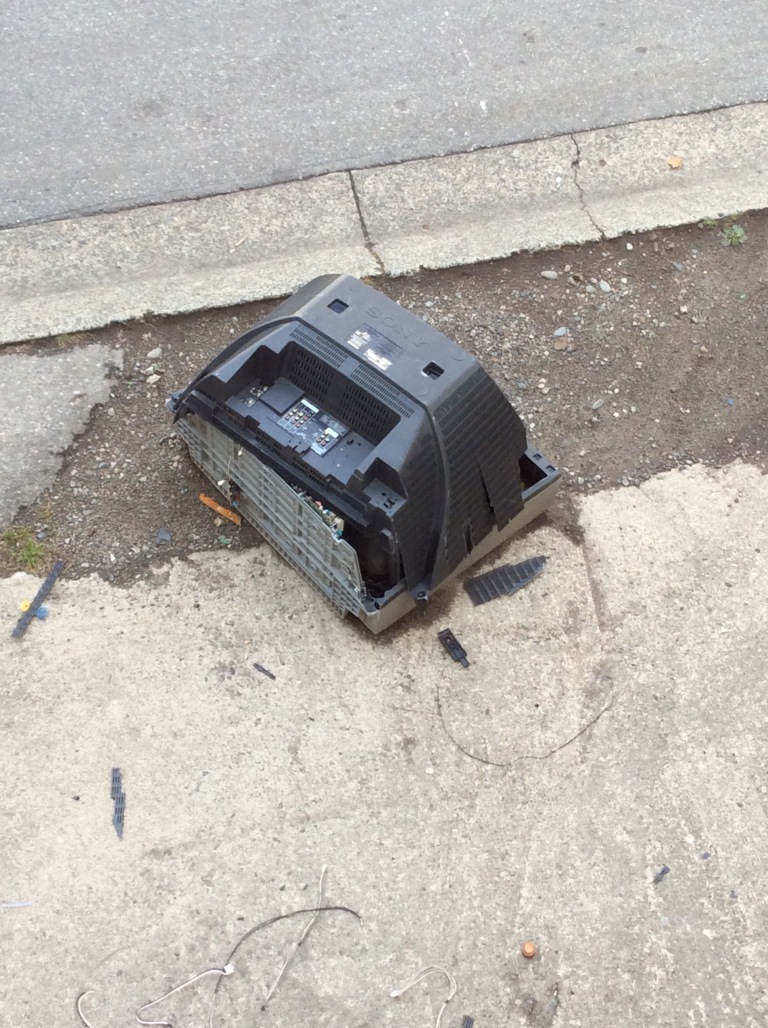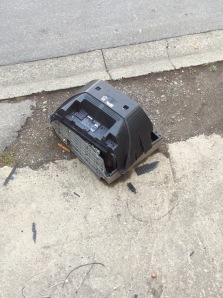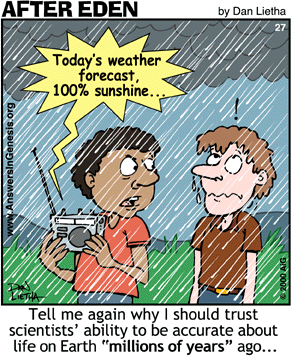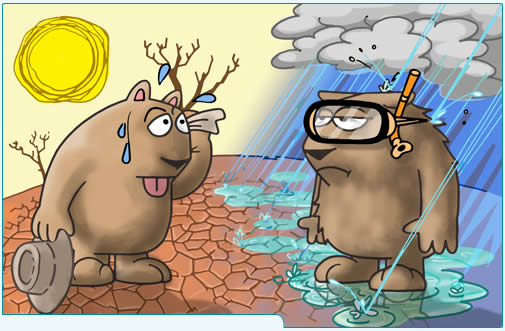Recently, one of the most intelligent man alive, the theoretical physicist Stephen Hawking, said in an interview: “The development of full artificial intelligence could spell the end of the human race.”. Should we be afraid of Artificial intelligence (AI) because the machines could take over the human race (similarly to the terminator)? For the environmental science point of view, AI so far has been really helpful. First what is AI? There are different definitions, but one of my favourites is:
[The automation of] activities that we associate with human thinking, activities such as decision-making, problem solving, learning…
(Hellman 1978)
Thus, it is basically the use of machines (e.g. computers) to solve problems and to help complex decisions. There is a branch of AI called machine learning (ML). It is a scientific discipline which studies computational algorithms that can learn from data. One of the applications of the ML algorithms is to use some particular data to perform classification and numerical regression. But how is ML helping the environment?
Satellites (remote sensing) generate thousands of data every day. Images around the globe with different frequencies band (infrared, microwave, visible to the human eye, etc), time and scales. But How useful can be those images? One example is to detect phytoplankton in the ocean. Phytoplankton are important components to sustain the aquatic food web. The importance of them is beyond of being food for krills. Accurate estimates of chlorophyll concentrations (consequently phytoplankton) are essential for estimating primary productivity, biomass, etc.
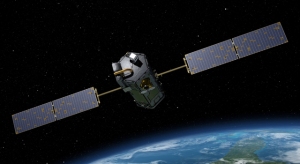
Image Credit: NASA
It is possible to use satellites to detect phytoplankton presence in the ocean due the concentration chlorophyll in the surface water. Each frequency channel has a purpose. For example, at certain wavelengths, sand reflects more energy than green vegetation while at other wavelengths it absorbs more (reflects less) energy. However, even using satellites this is not a easy task. Aerosol concentrations could affect the ocean colour viewed from the satellite. Further complications arise when there are also suspended sediments,and/or dissolved organic matter from decayed vegetation in the water. In addition coastal water quality gradually degrades from increased pollution and human activities. To overcome those problems, ML algorithms such as artificial neural networks and support vector machines are used to automatically classify (separating chlorophyll from aerosols, pollution, etc) and detect the presence of phytoplankton in the ocean.

Credit: Nasa
It is also possible to use remote sensing to classify and detect land cover applying the same algorithms to identify and classify different types of vegetation including forests, dead trees in the forest, forest fires, portion of regenerated trees after forest fires, etc. With accurate information is possible to avoid more deforestation, track urbanization, mitigate diseases, understand and control ecosystems, planning, etc.
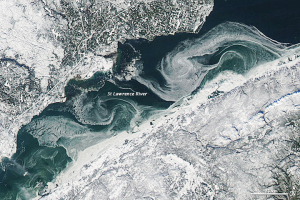
These are only small samples of how AI is used in environmental sciences. There are so many contributions that is unfair to give only a few examples about the topic.
More about:
http://earthobservatory.nasa.gov/Features/RemoteSensing/remote.php
Sources:
William Hsieh (2009). Machine Learning Methods in the Environmental Sciences Cambridge DOI: 10.1017/CBO9780511627217
Keiner, L., & Yan, X. (1998). A Neural Network Model for Estimating Sea Surface Chlorophyll and Sediments from Thematic Mapper Imagery Remote Sensing of Environment, 66 (2), 153-165 DOI: 10.1016/S0034-4257(98)00054-6
Schiller, H., & Doerffer, R. (2005). Improved determination of coastal water constituent concentrations from MERIS data IEEE Transactions on Geoscience and Remote Sensing, 43 (7), 1585-1591 DOI: 10.1109/TGRS.2005.848410
Dash, J., Mathur, A., Foody, G., Curran, P., Chipman, J., & Lillesand, T. (2007). Land cover classification using multi‐temporal MERIS vegetation indices International Journal of Remote Sensing, 28 (6), 1137-1159 DOI: 10.1080/01431160600784259
